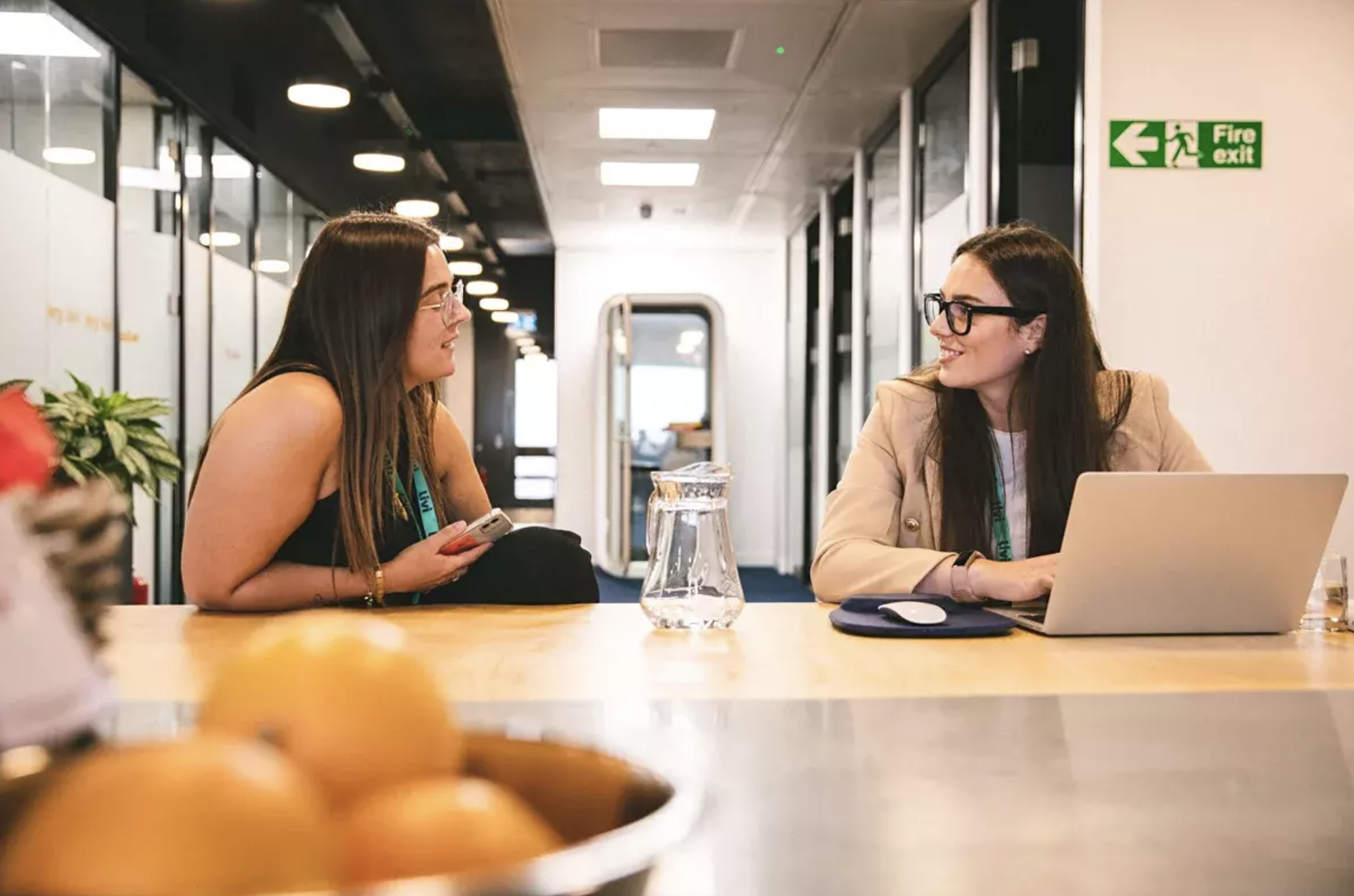In this quick guide for clinicians, we explore some simple ways to build rapport, manage expectations and maintain great relationships in remote settings with patients.
Take a minute
Before the consultation starts, always try and take a minute to read through the patient case. If you have access to the patient's past medical history, familiarise yourself so the patient has continuity.
This can also help you focus on the conversation, listen attentively and provide informed advice. To start a good consultation, make sure you introduce yourself with a smile and good eye contact so rapport is established immediately.
Keep eye contact
Eye contact via a screen works differently than in a face-to-face conversation. Think of the camera as your patient's eyes. Make sure it is adjusted properly so that you can look directly into it as much as possible during the consultation. Good lighting in the room will ensure that you are visible to the patient too.
If you are consulting with a child, engage them in the consultation. Perhaps open by asking about their favourite toy or book. Remote consulting can be a daunting experience for children, so taking small steps to put them at ease can really help.
Practice active listening
Summarise and rephrase the patient's statements. Try ‘echoing’ the patient's words back to them so that they are aware that you are listening, have taken in and understood their concerns.
Non-verbal cues such as nodding your head or leaning forward also show that you are listening, even if you have to look away for a moment.
Using open-ended questions
This is a great way to invite the patient to ask questions and let their stated priorities guide the conversation. If you ask a question, leave two seconds or so after the end of the patient's answer before responding, to allow the conversation to breathe.
Exploring the patient's ideas, concerns and expectations can be a great way to develop rapport and help you address any worries directly.
Work collaboratively
Performing a remote clinical examination may feel different for the patient. But by guiding them on examination techniques which they can perform themselves, you can empower and inspire confidence.
Think about what can be done in a remote examination with a patient’s help. There is a surprising amount!
Summarise clearly
Provide a concise and clear summary at the end of the consultation explaining your diagnosis. Use shared decision making and ask the patient to rehearse what you have agreed upon after the consultation.
If your plan is different to the expectation they had for the consultation, it can be beneficial to discuss this and clearly state your reasoning behind it. Finally, ask if there is anything else you can do before ending the consultation. All these actions can help foster trust.
Want to learn more?
You can find further information about Livi’s consultation processes here.
Here at Livi, we give GPs the time, flexibility and support to focus on patient care, with a dedicated team to assist with clinical administration and freedom to work how you want, when you want.
To see our available GP roles, head to our talent hub.


